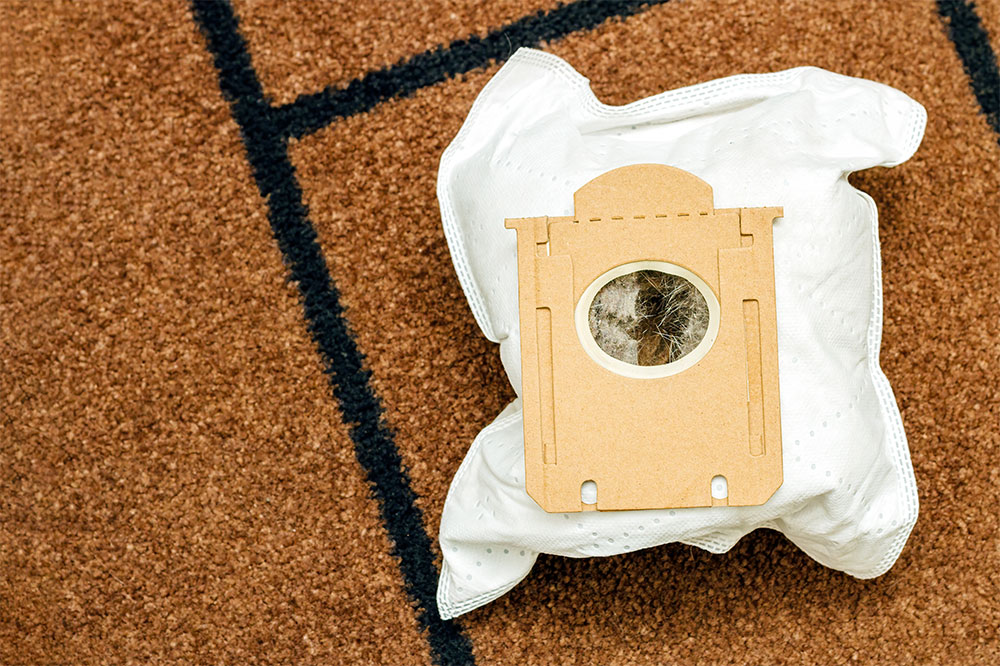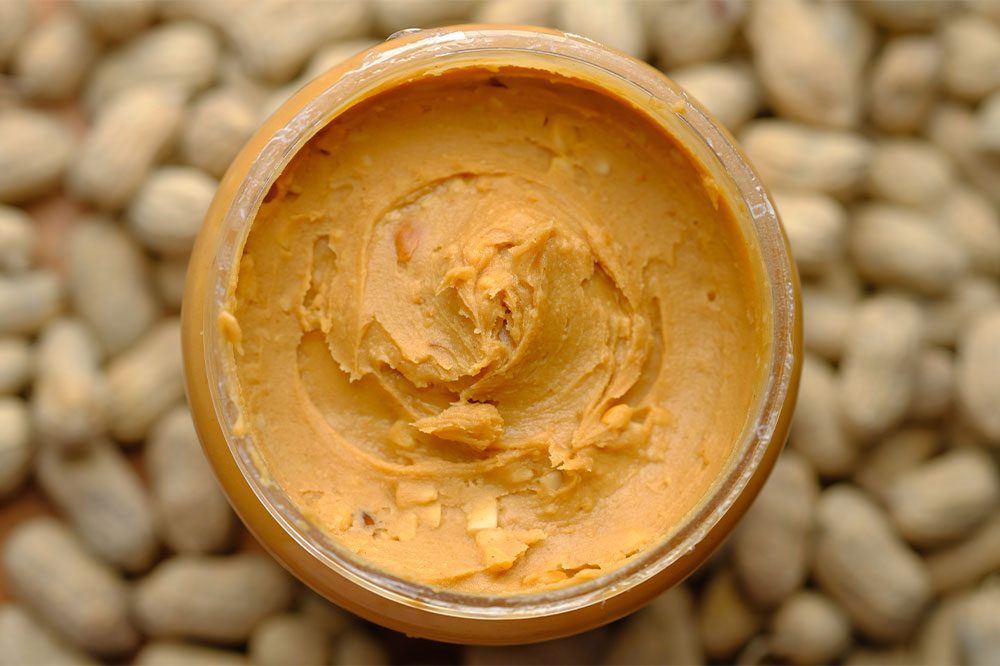10 Hidden Facts About Long Haul Flights

Long haul flights usually last beyond 6 hours and cover over 3,500 miles. These flights can be exhausting since they cross multiple time zones, and passengers not used to it may feel jet-lagged. But some fascinating things can happen on these lengthy journeys. In this article, we’ll discover 15 surprising facts about long haul flights, the changes one’s body goes through, and share tips for surviving these long journeys.
Secret sleeping area
Crew members on long haul flights need some rest like the rest of the passengers and are provided with a secret bedroom. The bedroom allows them to nap or take time off serving and attending to passengers. This room by the cockpit contains a bunk and, at times, a private bathroom and can be accessed only by the cabin crew.
Recycled air
The air in a long haul flight cabin is passed through efficient filters and recycled with fresh air. The filters remove the bacteria and viruses and circulate back into the cabin after being mixed with fresh air. This process is done every few minutes, approximately 15 times an hour. A plane engine takes in massive amounts of air and compresses it to burn with the fuel and produce energy that moves the plane. Some of this air is cooled down and provides oxygen for the passengers to breathe onboard.
Different planes for different routes
Long-haul commercial flights usually use wide-body aircraft for flying. The route-planning experts decide which aircraft to use. This aircraft type also changes amenities like more legroom or smaller seats.
Losing water from the body
The air at a higher altitude is dry, and the human body tends to lose 8 ounces of water every hour while in flight. A long-haul flight of ten hours may lead to one losing approximately two liters of water. This can make passengers feel more tired or jet-lagged, so it’s recommended to stay hydrated while in the air.
Light dimming isn’t for effect
There’s a reason why the lights are dimmed while taking off or landing. This is mainly done so that the eyes of the passengers adjust well to the darkness in case of emergencies. For example, if the plane has to make an emergency landing and passengers must evacuate, their eyes will have already adjusted to the darkness. Although the chance of this happening is meager, airlines are prepared for any situation.
The tiny window hole is a life-saving addition
Each plane window has a tiny drilled hole at the bottom. This hole regulates the air pressure so that any drastic changes in the air outside do not break the window pane inside. The window hole also ensures that the air remains warm for the passengers.
Vacuum toilets
Airplane toilets do not use water to flush down the waste. Instead, they use a vacuum system, which opens up a valve that pulls everything down with air pressure into a tank at the back of the plane.
Planes can land safely without engines
Most aircrafts are designed in a way that they can glide to a landing without power or an engine. These planes have manual control, allowing them to land without hydraulic power. Others may have extra hydraulic systems in place in case of an emergency. The engine and electricity run the pumps that power the system, so planes have plenty of backup in case of system failure.
Oxygen masks last for 15 minutes only
Oxygen masks are a piece of emergency equipment compulsory in every plane. They are used if the aircraft cabin experiences a sudden drop in air pressure. These masks last a passenger for only 15 minutes. While it might seem too less, one needs to remember that the masks are released when the cabin pressure drops. This also means that the plane is descending, and once it gets below 10,000 feet altitude, passengers can simply breathe normally. The descent takes less than 15 minutes, so the oxygen masks are usually enough for safety.
Long-haul flights pose some health risks
Long-haul flights pose some risks to one’s health, especially to cabin crew members and other frequent fliers. Here are some common health hazards and tips for surviving them:
- Blood clots : Long-haul flights can cause passengers to develop blood clots, especially in the legs, due to sitting in the same position for extended periods. This hampered blood circulation can lead to painful or swollen legs. To prevent this, passengers must move around the cabin and stretch or rotate their legs frequently to stimulate blood flow.
- Fatigue : Another side effect of long-haul flights is the mild fatigue one may experience due to the air pressure. The cabin in an airplane maintains pressure usually found at 6,000 to 8,000 feet altitude, which is higher than on-ground living conditions. While most people adjust to it, some may react to low oxygen levels, feel dehydrated, and experience headaches and tiredness. To counter this, one is advised to drink plenty of water and refrain from drinking caffeine.
- Issues with ear, nose, and gut : While landing or taking off, the pressure in the cabin changes drastically, which can trigger sinus or trap gas in the body. One may also experience pain in the ears, migraine, or bloating. These issues, however, last only a short time and are not particularly harmful.
Tips for surviving long haul flights
Apart from staying hydrated on the plane and moving your body at intervals, one should wear comfortable clothes. Avoiding tight jeans or heels to allow the body to breathe and not hamper blood flow. One can also remove the shoes once seated in the airplane. One’s also advised to carry necessary medical supplies to the cabin for any individual health conditions. While most aircrafts may carry first aid and bare medical essentials, it’s best to be prepared in case of flight delays or lost luggage. Connecting flights with a relatively extended layover is best to avoid rushing and fatigue. A recommended layover time for a comfortable transition for a shorter route is at least two hours. For long-haul flights, one can consider a 10 to 12-hour layover and head to a nearby hotel for proper rest.







